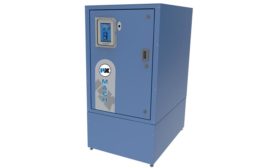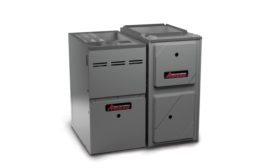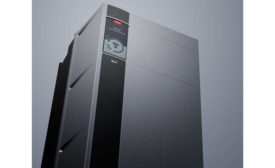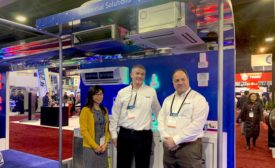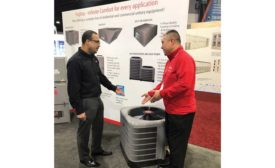Home » smart HVAC devices
Articles Tagged with ''smart HVAC devices''
Amana Providing Dealers With Free Smart Home Bundles as HVAC Purchase Add-On
The special program provides Amana brand dealers with bundles from Nest, Google, and Honeywell Home
March 11, 2019
HVAC Drives Technology Boosts Data and Safety
Wireless connectivity takes one step forward, so technicians can take two steps back
Read More
Panasonic Prepares nanoeX IAQ Solution to Hit the Market
Product scheduled to launch in early 2020
Read More
Fujitsu Completes Its Residential and Commercial Unitary HVAC Lines
More changes expected to come
Read More
Copyright ©2024. All Rights Reserved BNP Media.
Design, CMS, Hosting & Web Development :: ePublishing

